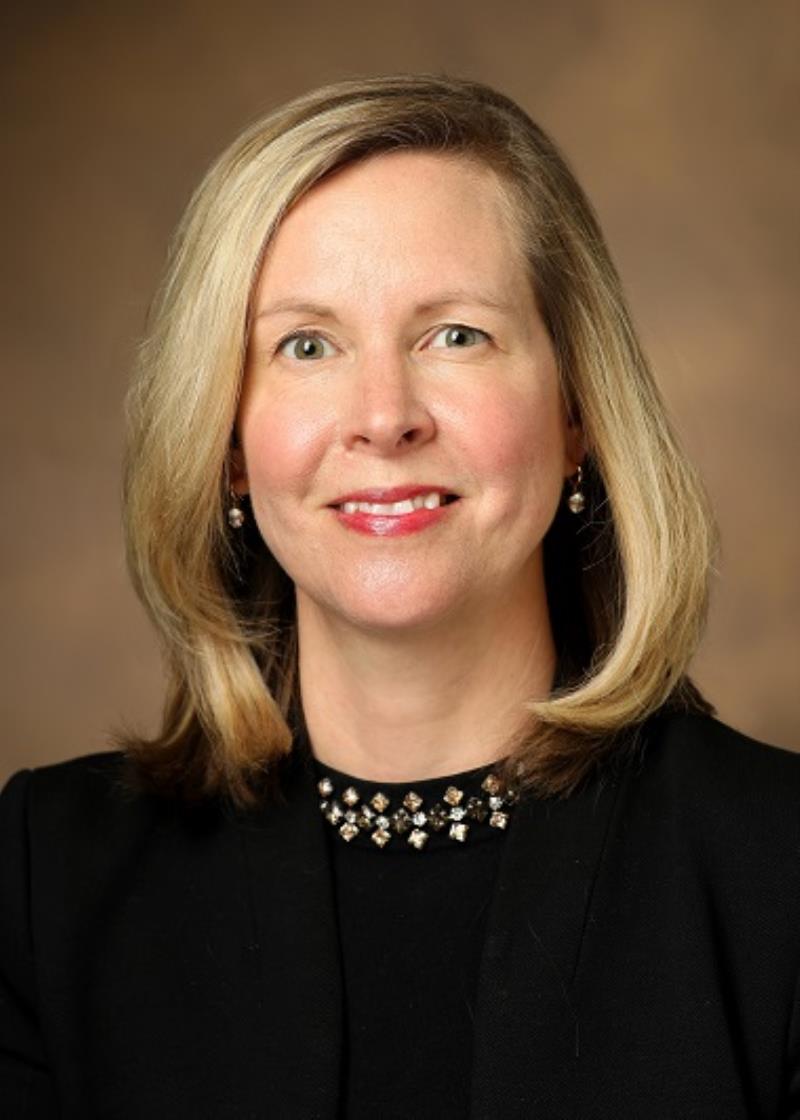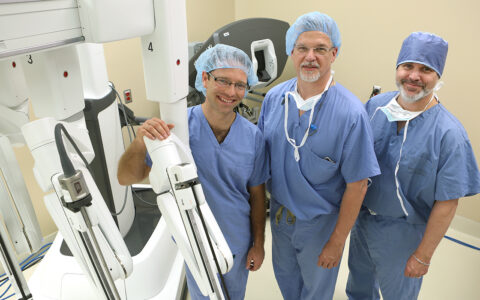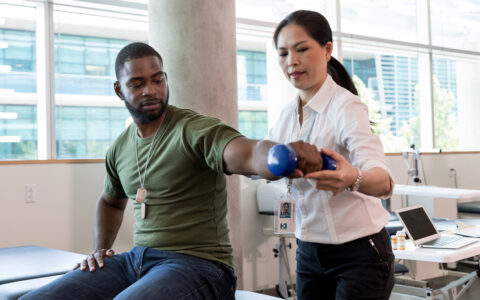Health care delivery and communications with patients through online portals and evisits has grown immensely in recent years — and in some ways has increased the complexity of interactions between clinicians and patients.
To help address this, Sara Horst, M.D., M.P.H., medical director for Telehealth Ambulatory Services for Vanderbilt University Medical Center, recently introduced billable asynchronous eVisits as a care option at VUMC, allowing patients and physicians to interact at the time most convenient for each.
“People are accessing their care increasingly through the internet, through an EHR,” Horst said. “In health care, we are trying to keep up with this. We’re trying to think of new and innovative ways to help take care of patients in models that look different than they did even five to 10 years ago.”
“There is a lot more asynchronous care occurring in health care, and the pandemic accelerated it.”
Confusion can develop among patients and clinicians about which care options may be provided through a patient portal. Other problems involve the heightened volume of messages doctors have begun receiving through patient portals over the past five years, a contributing factor to burnout.
“There is a lot more asynchronous care occurring in health care, and the pandemic accelerated it,” Horst said.
The eVisit Option
Horst led the effort to establish a system for eVisits at VUMC in June 2023. An eVisit may take place after a patient submits a message to the health care team through the secure patient portal. If the concern is likely to take more than five minutes for a clinician to address, the patient receives notification that an eVisit billed to their insurance will be entered in the record. If the response would likely take less than five minutes, no eVisit is logged and no charges incurred.
While it takes place online, the purpose of an eVisit is to provide care more complex than authorizing a prescription refill, for example. If the provider deems the patient’s concern too complex for an eVisit, they may be offered an audio call, telehealth visit, or office visit.
In Horst’s experience, most messages coming into the portal are from patients with conditions like acute viral illnesses or simple infections. By initiating an eVisit, patients can receive assistance without searching for an urgent care clinic and waiting to see an unfamiliar provider. Horst thinks asynchronous care through eVisits will only become more common over time.
Billing codes to provide coverage and capture productivity around asynchronous care have been available since before the pandemic, but making use of this option has been a challenge, requiring an organizational effort.
“We worked really carefully to help make sure that this was done in a way that was helpful and useful for patients and also clinicians,” Horst said of her team’s effort. “I think it’s been really successful.”
Impacts of eVisits
VUMC providers have undertaken more than 4,000 eVisits since the system was established, Horst says. A recent survey suggests clinicians find it helpful and say that patients like the new process. Participants also provided feedback, which the team is incorporating in refinements to the program.
“We, as an institution, are working through new phases as we go,” Horst said.
“What was successful for us was taking a systemwide approach, so we made sure it was accessible to all patients and all clinicians.”
In the next phase of this program, the system will share a defined list of conditions or concerns from which patients can select. For example, a patient could select “cough,” and request an eVisit to address it. This approach will help empower patients by offering more options they can initiate themselves, Horst said.
“What was successful for us was taking a systemwide approach, so we made sure it was accessible to all patients and all clinicians.”
Horst also emphasized the importance of a maintaining a straightforward workflow for clinicians and clarity for patients, while continuing to look for opportunities to enhance the program.
“Continuing to understand how we can better frame care for patients is the key,” she said.




